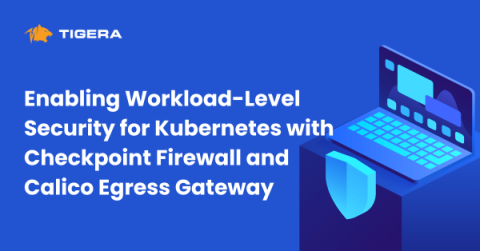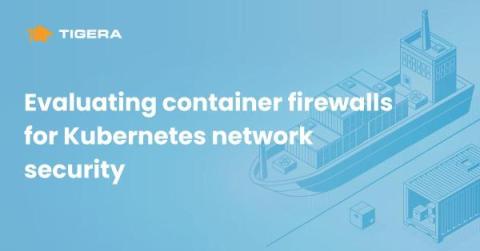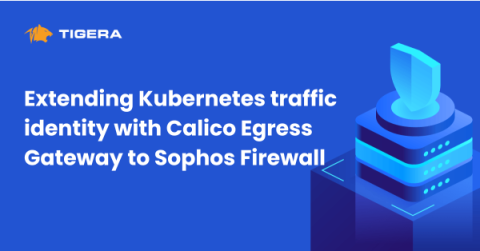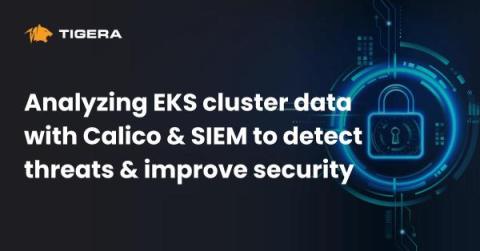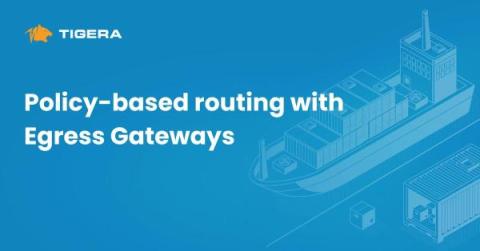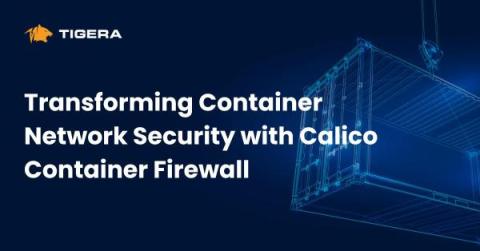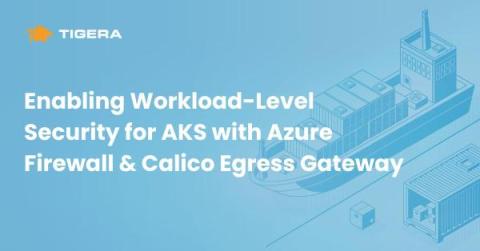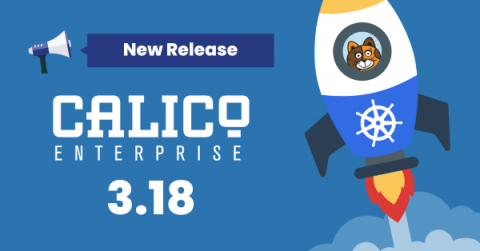Enabling Workload-Level Security for Kubernetes with Checkpoint Firewall and Calico Egress Gateway
Enterprises implementing containers and Kubernetes in either corporate datacenters or cloud environments typically employ Checkpoint Quantum to secure traffic between their datacenter networks and Checkpoint CloudGuard to safeguard their cloud resources. Often these network security perimeter focused solutions are also used to scrutinize traffic originating from Kubernetes clusters.


